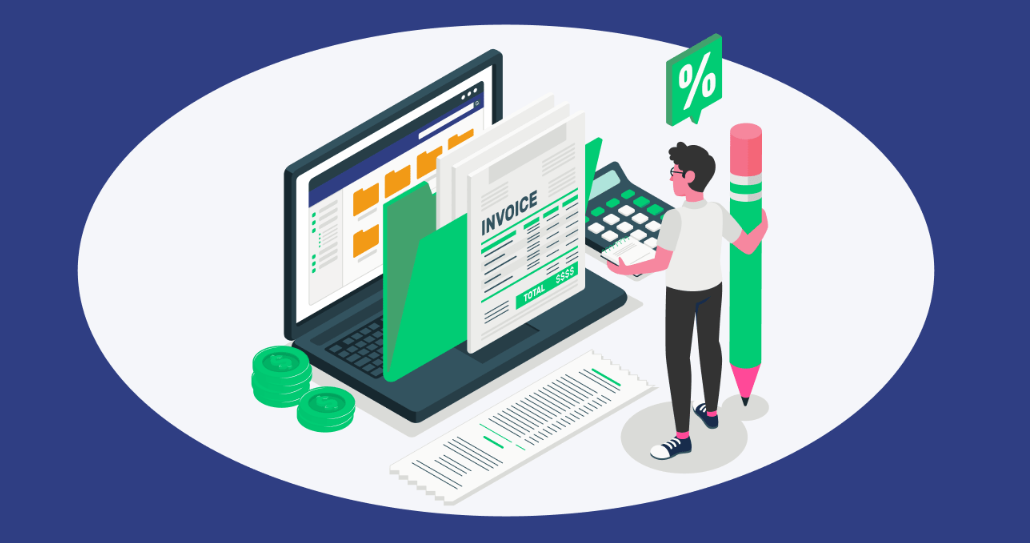How to Pre-Qualify for a Mortgage? Get Your Questions Answered

Anúncios
Obtaining a mortgage is a crucial step towards buying your own home. From there, you are on the path to successfully purchasing your home.
The process can be complex, which is why pre-qualification becomes a fundamental step to get an idea of the amount you can finance and to prepare for the purchase.
Anúncios
Follow our article to learn how to pre-qualify for a mortgage.
What is Mortgage Pre-Qualification?
Mortgage pre-qualification is a preliminary analysis of your financial situation to determine the maximum amount you can finance for the purchase of a property.
Anúncios
It’s a free evaluation and does not imply any commitment to the bank. One of the benefits is knowing how much you can finance.
Having an estimate of the mortgage value helps in defining the type of property you can buy.
By presenting the pre-qualification letter to the seller, you demonstrate that you are ready to buy and can negotiate better prices.
Thus, you can have more ease. Finally, with pre-qualification in hand, the credit analysis process for the final mortgage can be faster.
Understanding the Difference Between Pre-Qualification and Pre-Approval
Although they may seem similar, mortgage pre-qualification and pre-approval are distinct steps in the property purchase process.
Understanding the differences between them can help you make more informed decisions and be more successful in obtaining the desired financing.
Pre-qualification is a preliminary assessment of your financial situation to estimate the maximum mortgage amount.
It does not imply a commitment to the bank and results in the issuance of a pre-qualification letter.
As an advantage, you have an idea of your budget, can negotiate with more purchasing power, and streamline the purchasing process.
On the other hand, pre-approval is a detailed analysis of your credit and financial situation to determine the final mortgage amount. In other words, it is the pre-approved mortgage amount for you.
With this, you have greater security in the property purchase, better negotiation power with the seller, and expedite the final mortgage approval since you already have the approved amount to buy the house.
But How to Pre-Qualify for a Mortgage?
There is a process you must follow to pre-qualify for a mortgage. First, research the options of banks and financial institutions that offer mortgages.
Compare interest rates, payment terms, and other terms and conditions. Check if the bank offers financing programs for the type of property you want to buy.
The second step is to gather. Have everything on hand: documents, and proof of residence. Bank statement for the last three months. Proof of down payment (if any). Property certificate (updated).
Contact the chosen bank and request pre-qualification. Fill out the pre-qualification form with your personal and financial data.
Attach the necessary documents to the request. The bank will analyze your documentation and income to determine the maximum mortgage amount.
This analysis may take a few days. The bank may request additional documents to supplement the analysis.
If approved, you will receive a pre-qualification letter with the maximum amount you can finance. The pre-qualification letter is usually valid for 90 days.
What is Needed for Approval?
After pre-qualification, you still need to follow some steps to obtain final mortgage approval.
Therefore, see what you need for your mortgage to be approved in a much simpler way!
Check Credit Score
Credit score is an indicator of your ability to pay your debts. Banks usually require a minimum credit score to approve a mortgage.
Therefore, before requesting pre-qualification, you can check your credit score for free at credit protection agencies.
Remember that it is important to maintain a good credit history to increase your approval chances.
Calculate Debt-to-Income Ratio
The Debt-to-Income (DTI) ratio is a crucial indicator when seeking approval for a mortgage, as it represents the percentage of your monthly income allocated to debt repayment.
Generally, banks establish a maximum limit for DTI as an approval criterion. To calculate your DTI, simply divide your total monthly debts by your gross monthly income and multiply the result by 100.
Maintaining a low DTI is essential to improve your chances of being approved for a mortgage.
As it demonstrates your ability to manage your finances responsibly and ensure repayment of loan installments without excessively compromising your available income.
Gather Documents
To apply for a mortgage, it is essential to gather a series of documents. You will need your personal documents.
You need identification, updated proof of residence, proof of marital status (if applicable).
In addition, income documents are necessary, such as pay stubs for the last 3 months, income tax return for the last year, and other documents proving income, such as bank statement or work card.
Documents related to the property are also essential, including the property deed, updated real estate encumbrance certificate, property registration, taxes, and others.
Other important documents include the financing proposal filled out by the bank, pre-approval letter if available, and the mortgage payment plan.
To gather these documents, it is advisable to start in advance, make authenticated copies, organize the documents in separate folders, and check if they are all up to date.
Remember that the list of documents may vary depending on the bank, and the bank may request additional documents, depending on the situation.

Seek Different Lenders
When seeking different lenders for a mortgage, it is important to consider the following factors:
- Interest rates: Compare the interest rates offered by different banks and financial institutions.
- Payment term: Choose a payment term that is suitable for your ability to pay.
- Terms and conditions: Read the mortgage terms and conditions carefully before signing any contract.
- Lender reputation: Research the lender’s reputation before applying for the mortgage.
Remember that it is important to compare offers from different lenders before choosing the ideal mortgage.
Do not rely solely on the interest rate, but also on other factors such as the payment term and the terms and conditions.
Read the mortgage terms and conditions carefully before signing any contract. With planning and organization, you will be able to find the ideal mortgage for your needs and fulfill the dream of owning a home.
With tips on how to pre-qualify for a mortgage, it’s easy to achieve your dreams. Follow the tips and see others on our website!





